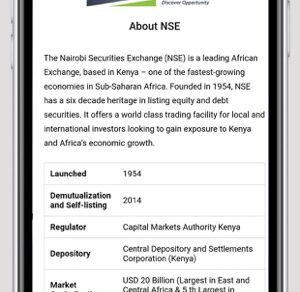Corporate bonds, a vital component of the financial market, serve as a means for companies to raise capital for diverse purposes.
This article explores the intricacies of corporate bonds, shedding light on their characteristics, risks, and various types available to investors.
Characteristics of Corporate Bonds:
- Purpose of Issuance: Corporate bonds are issued by companies to raise funds for various endeavors, including financing new projects, expanding operations, or restructuring existing debt.
- Risk and Yield: These bonds are generally considered riskier than government bonds, such as Treasury bonds, but in turn, they offer higher yields. Investors assume a higher level of risk due to the potential for default by the issuing company.
- Interest Payments and Maturity: Similar to other bonds, corporate bonds involve investors lending money to the company in exchange for periodic interest payments. The principal amount is returned at maturity.
Risk Factors:
- Default Risk: Corporate bonds carry a higher risk of default compared to government bonds. The financial health and creditworthiness of the issuing company play a crucial role in determining the risk level.
- Credit Ratings: Investors should assess credit ratings and financial strength before investing. Well-established companies with strong credit ratings are deemed lower risk, while riskier companies offer higher interest rates to compensate for added risk.
Types of Corporate Bonds:
- Investment-Grade Corporate Bonds:
- Issued by well-established companies with robust credit ratings.
- Lower risk of default, offering relatively lower interest rates.
- Companies with stable financial performance commonly issue investment-grade corporate bonds.
- High-Yield Corporate Bonds:
- Issued by companies with lower credit ratings and a higher risk of default.
- Attractive to investors seeking higher yields to compensate for added risk.
- Higher interest rates compared to investment-grade bonds.
- Floating-Rate Corporate Bonds:
- Interest rates fluctuate based on changes in benchmark rates (e.g., LIBOR).
- Attractive to investors concerned about rising interest rates, as the bond’s interest rate adjusts accordingly.
- Convertible Corporate Bonds:
- Convertible into company stock at a predetermined conversion price.
- Appeals to investors seeking a fixed income stream and potential equity appreciation.
Considerations for Investors:
- Diversification: Investors can mitigate risk by diversifying their bond portfolios, investing in a variety of corporate bonds rather than relying on a few companies.
- Professional Advice: It is crucial to carefully consider the terms, conditions, and structure of corporate bonds. Consulting with a financial professional is essential to assess the suitability of an investment based on individual circumstances.
Conclusion:
Corporate bonds offer investors an avenue to balance risk and reward. While they present higher risk compared to government bonds, the potential for higher yields makes them a compelling investment option.
Understanding the different types of corporate bonds and conducting thorough research into the creditworthiness of issuing companies are key steps for investors looking to navigate this dynamic segment of the financial market.




